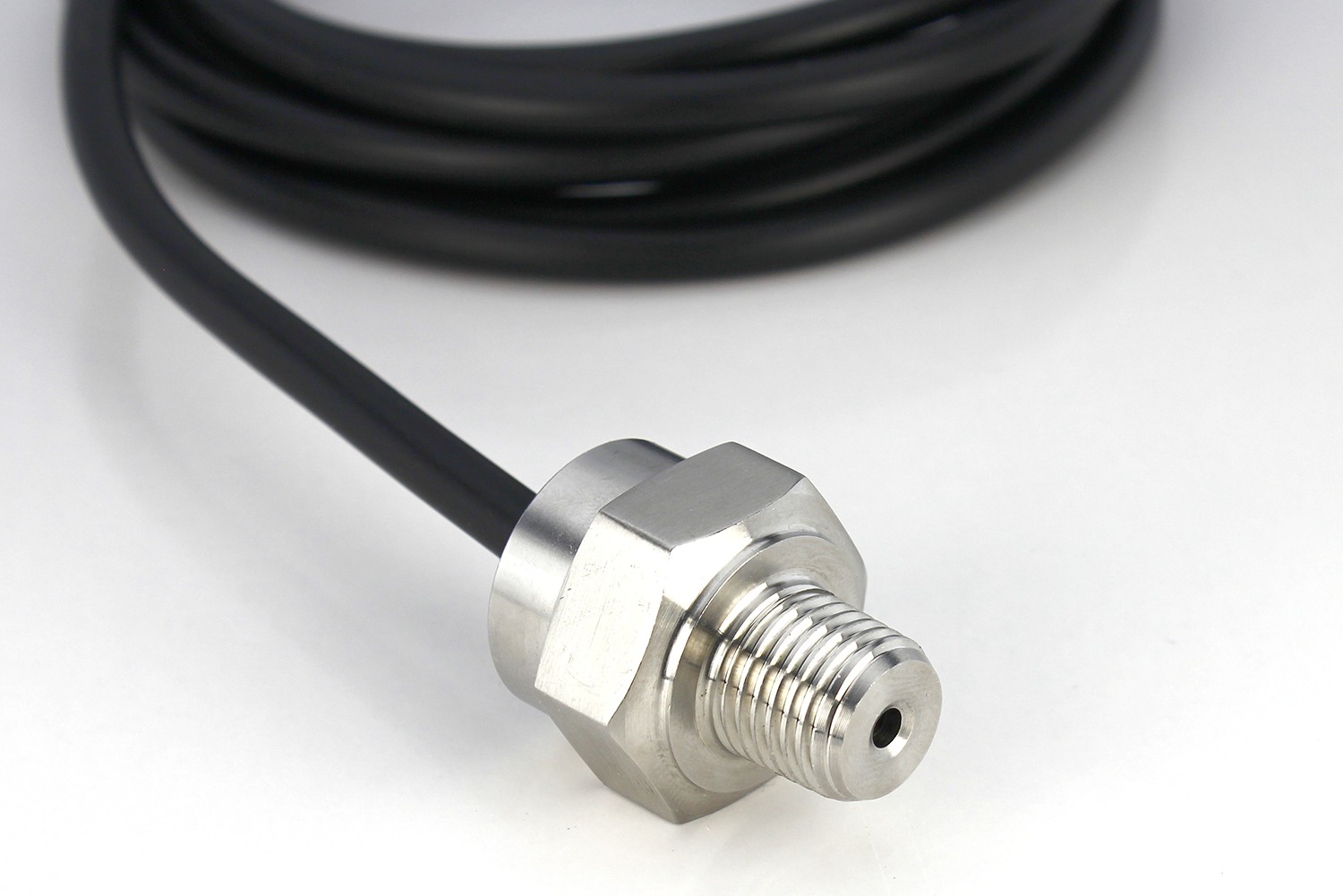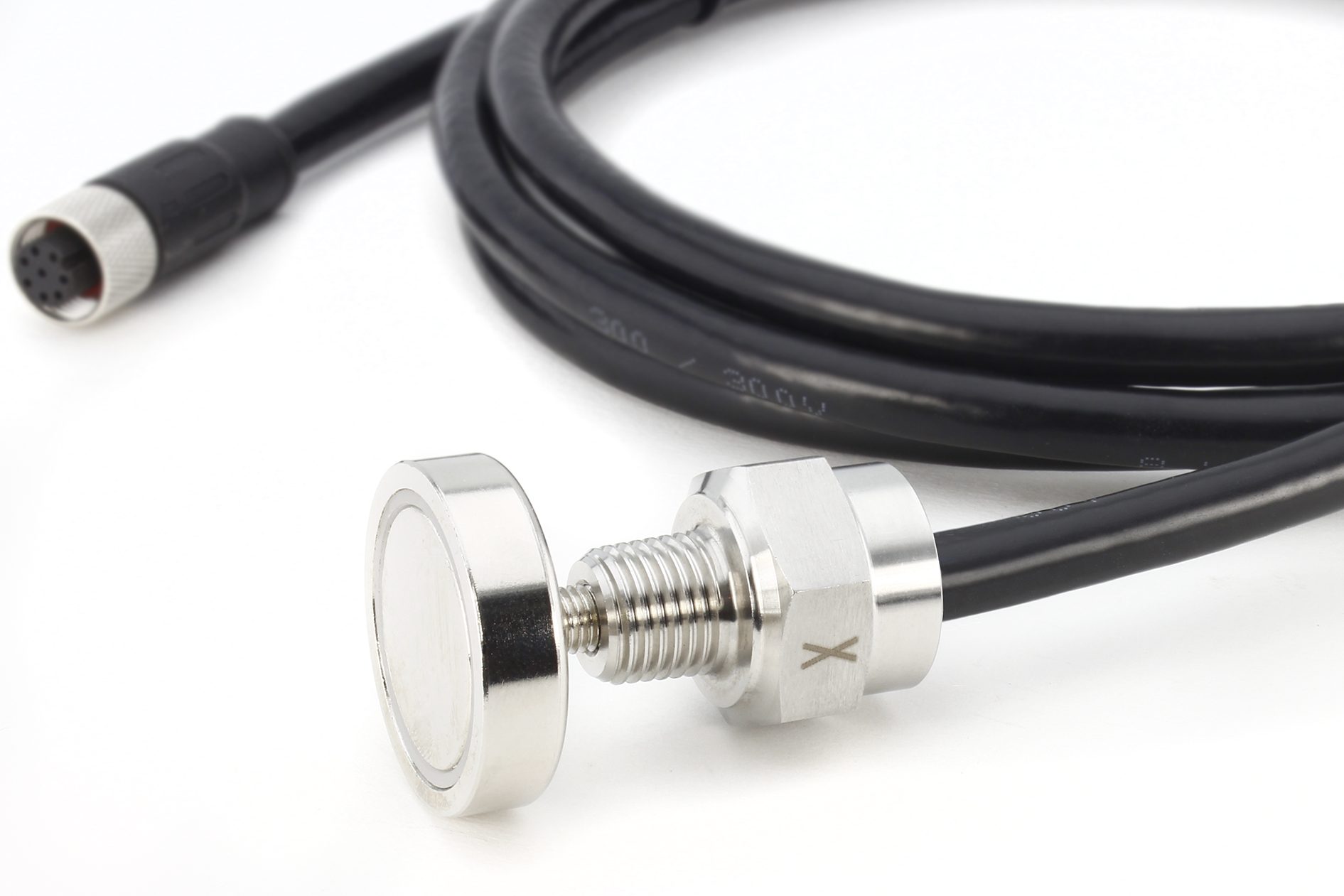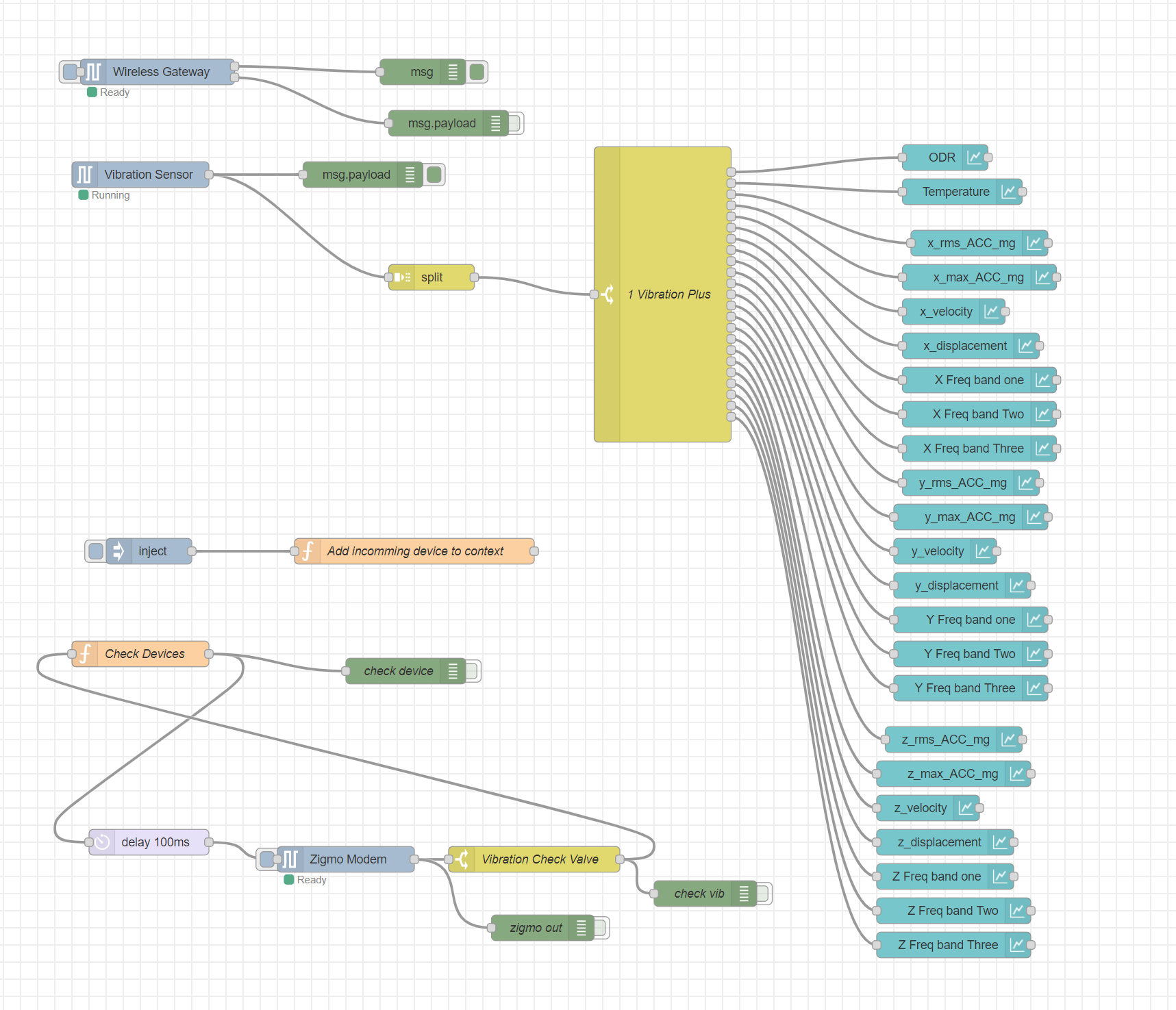Industrial IoT Wireless 2 Channel Vibration Temperature Sensor V3
Highlights
- Industrial Grade 3-axis Vibration Sensor with ±16g Range
- Calculates RMS and MAX g Vibration
- Calculates RMS Velocity Vibration
- Calculates RMS Displacement
- Calculates Peak Vibration Frequency
- Raw Time Domain Data for FFT analysis
- In Built FFT Analysis
- Noise Removal using Low-pass And High Pass Filter
- Frequency Range (Bandwidth) 1.56Hz ~ 6.4kHz
- Frequency Range (Bandwidth) up to 8,000 Hz In Time Domain Mode
- Sample Rate up to 25,600Hz
- Encrypted Communication with 2 Mile Wireless Range
- Vibration Probe Operating Temperature Range -40 to +125 °C
- Wall-Mounted or Magnet Mounted IP65 Rated Enclosure
- Vibration Sensor with External Probe Option
- Multiple Probe Mounting Option 1/4 NPT, 1/4-28 UNF, And Magnet Mount
- Up to 500,000 Transmissions from 6 AA Batteries
- Many Gateway and Modem Options Available
Vibration Sensors for Predictive Maintenance
Discover the fascinating world of vibration sensors for predictive maintenance and control. Join us as we delve into the cutting-edge technology that empowers system integrators to optimize performance and prevent downtime.
Industrial IoT Wireless 2 Channel Vibration Temperature Sensor V3
Introducing NCD’s Long Range Industrial IoT wireless vibration temperature sensor v3, boasting up to a 2 Mile range using a wireless mesh networking architecture. Incorporating a 16-bit Vibration and Temperature sensor, this sensor transmits highly accurate vibration data at user-defined intervals. This All in One Vibration sensors can send computed results thanks to inbuild FFT and also RAW data for further processing on the user end.
This vibration Temperature sensor is packed with features like Acceleration calculation, Velocity Calculation, Time Domain Data Analysis For FFT. User configurable Data aggregation interval l ranging from 1sec to 10sec.
This Industrial IoT wireless vibration sensor samples 3-axis of Vibration data for 900ms and then calculates RMS, Maximum, and Minimum vibration readings. This sensor combines these data with temperature data in a data packet, and transmits the result to modems and gateways within wireless range. Once transmission is complete, the vibration sensor goes back to sleep, thus minimizing power consumption.
Powered by just 6 AA batteries and an operational lifetime of 500,000 wireless transmissions, a 10 years battery life can be expected depending on environmental conditions and the data transmission interval. Optionally, this sensor may be externally powered, making it an ideal choice for wireless vibration monitoring system for industrial equipment.
With an open communication protocol, this sensor transmits hardware encrypted data that can be integrated with just about any control system or gateway. Data can be transmitted to a PC, a Raspberry Pi, to Losant IoT cloud, Microsoft® Azure® IoT, and an embedded system all at the same time. Sensor parameters and wireless transmission settings can be changed using our free LabVIEW® monitoring software on a desktop PC.
The long range, price, accuracy, battery life and security features of Wireless Vibration Sensor makes it an affordable choice which exceeds the requirements for most of the industrial as well as consumer market applications.
IoT Wireless Vibration Sensor Monitoring Applications
- Ideal for Wireless Vibration Measurement of Motors, Pumps, Compressors
- Wireless Industrial Vibration of Robotic Equipment, Conveyors, and Transport Vehicles
- Machine Health Monitoring for a Predicative Maintenance System
- Future Fail Detection for Industrial Machines
- Vibration Monitoring of Conduits, Pipes, and Air Passages
- Vibration and Temperature Monitoring for AWS, Azure, and Losant
Read more about Wireless Sensor for Vibration Monitoring
- Preventive Maintenance of Industrial Conveyor Belt Failure Analysis
- Harnessing The Power of Predictive Maintenance in HVAC Systems
- Vibration Analysis Data in Detail
- Understanding Wireless Vibration Analysis
- Monitoring Pumps Health Using Wireless Vibration Sensors
General Vibration Guidelines
Here are some recommended Vibration standards, you can compare these readings with our Long Range IoT Wireless Vibration Temperature Sensor to determine if your device is operating properly or if it may require service (note that actual equipment and application may vary):
A. 0.01g or Less — Excellent condition, No action required
B. 0.35g or less — Good Condition, No action required unless the machine is noisy or running at abnormal temperature
C. 0.5g or less — Fair Condition, No action required unless the machine is noisy or running at abnormal temperature
D. 0.75g or More— Rough Condition, possible action required if machine is noisy and also check the bearing temperature
E. 1g or More — Very Rough Conditions, further analysis and see if its doing this continuously. Also check for noise and temperature
F. 1.5g or More — Danger Level, there is definitely a problem in the machine or installation. Also check the temperature Log
G. 2.5g or More — Shut-down the Machine immediately and look for possible causes. Call a technician for immediate repair
For Heavy Machinery these readings could be 1.5 times to 2 times more than listed above.
Transmission Interval
This device sends data periodically, based on user-preset timing intervals.
Industrial Wireless Vibration Monitor vs Long Range IoT Vibration Monitor
We realize that the Industrial Wireless version and the Long Range IoT version seem very similar and in fact are. The Industrial Wireless line has a few improvements over its counterpart in the Long Range Wireless line in form and fit, but maintain the same function. Industrial Wireless versions may have a longer battery life, optional off-board sensors, more accurate readings, and other frequency ranges.
| Feature | Industrial Wireless | Long Range IoT | Industrial Wireless V3 |
|---|---|---|---|
| 900 MHz | X | X | X |
| 868 MHz Option | X | X | |
| 2-Mile Range | X | X | X |
| Battery Powered | X | X | X |
| Optional External Power | X | X | X |
| Wireless Mesh Capabilities | X | X | X |
| IP65/Outdoor Rated | X | X | |
| Magnetic Mounting Attachments | X | Optional | X |
| External Sensor Probe | Optional | X | |
| Acceleration Measurement | X | X | X |
| Velocity Measurement | X | ||
| Displacement | X | ||
| Time Domain | X | X | |
| FFT | X | ||
| Frequency Measurement | X | ||
| OTA | X | ||
| FIIR Filters | X | ||
| Configureable Frequency Range | X | X | |
| Configurable Sample Duration | X | ||
| 1/4 NPT Housing | X | ||
| 1/4 – 28 UNF Houseing | X |
Mechanical Drawing

Wiring Diagrams
Not for use in outdoor applications or for use in excessive temperature conditions. Prolonged freezing will prevent batteries from functioning until thawed, using extended temperature range industrial batteries may improve the useful temperature range. Extended freezing applications should use a full-time powered solution. Prolonged exposure to extreme humidity conditions may damage this device. The sensing element is rated for use for 5 years and may be replaced. Exposure to high temperatures may cause the batteries to leak, causing permanent damage to this device. NCD Warranty does not cover battery corrosion or use in excessively smoky environments under any circumstances.
900HP-S3B Wireless Compatibility Notes
Notice: Compatibility Notes Does NOT Apply to the Following Products:
- NCD Enterprise Solutions
- NCD Wireless Sensors
- NCD Enterprise Modems and Gateways
Notice: Compatibility Notes Applies to NCD Industrial Products, Including Fusion, ProXR, ProXR Lite, Taralist, and Reactor Series Products.
Compatibility Notes
When using an 900HP-S3B communication module, it is essential that you use the ZIGMO_PCB to configure the module settings. Long-Range wireless sensors may be programmed over the air without removing the communications module.
A 900HP-S3B Modem or a gateway of some kind that support the 900HP-S3B communications module will also be required.









